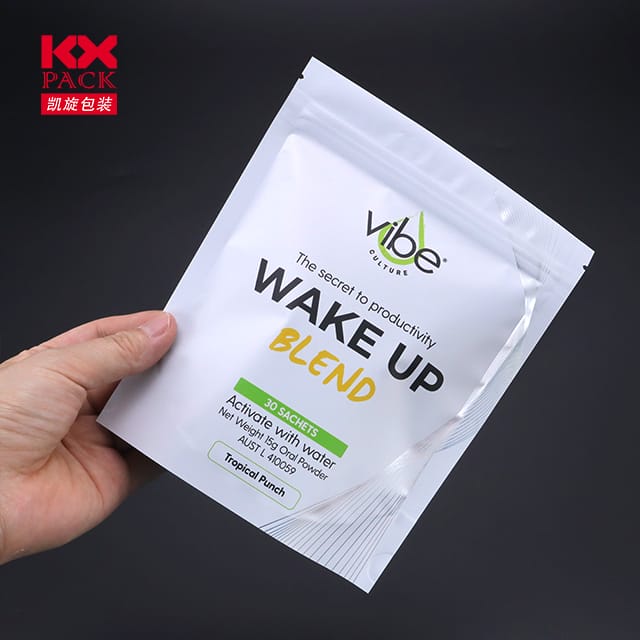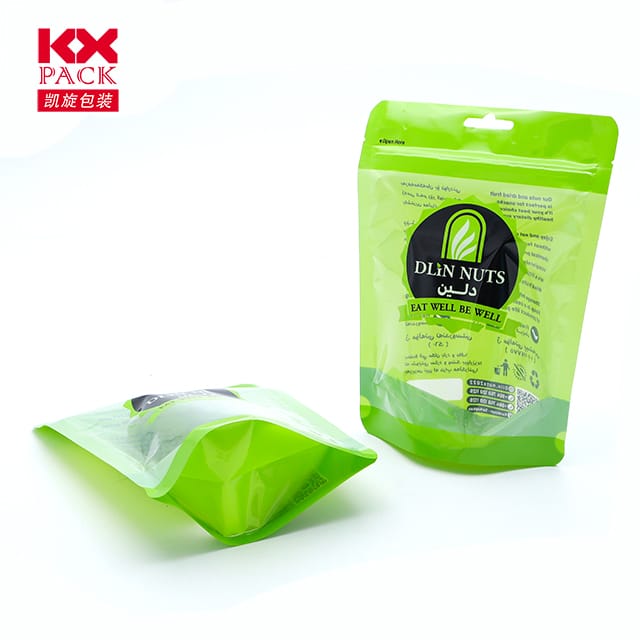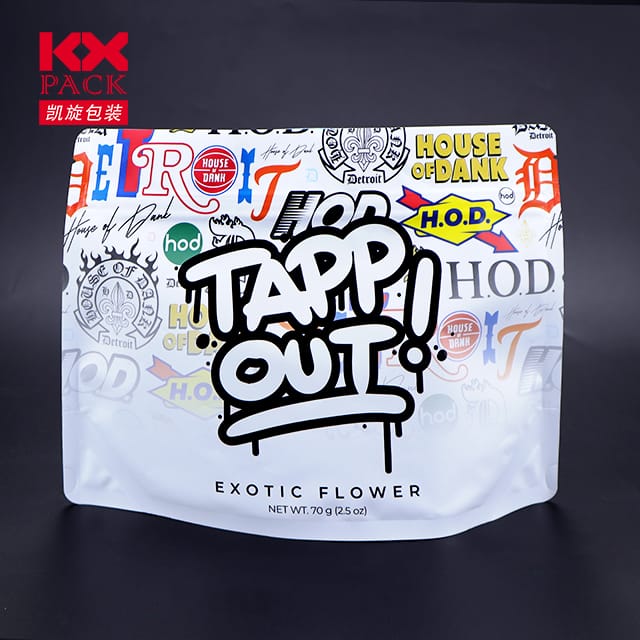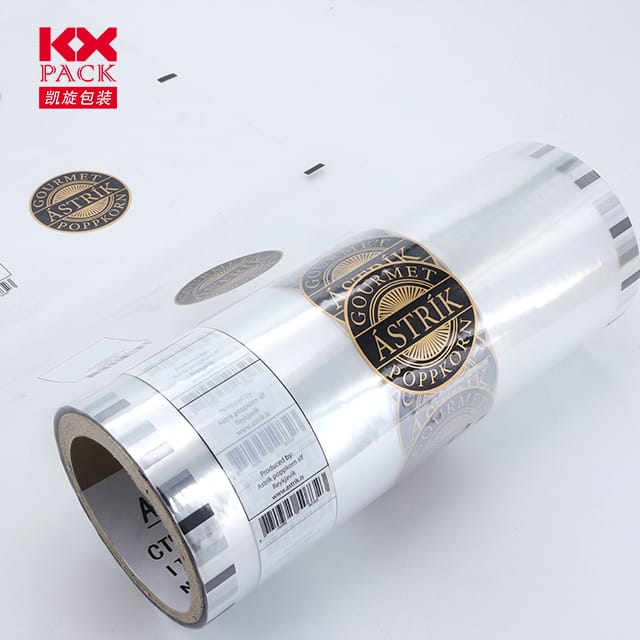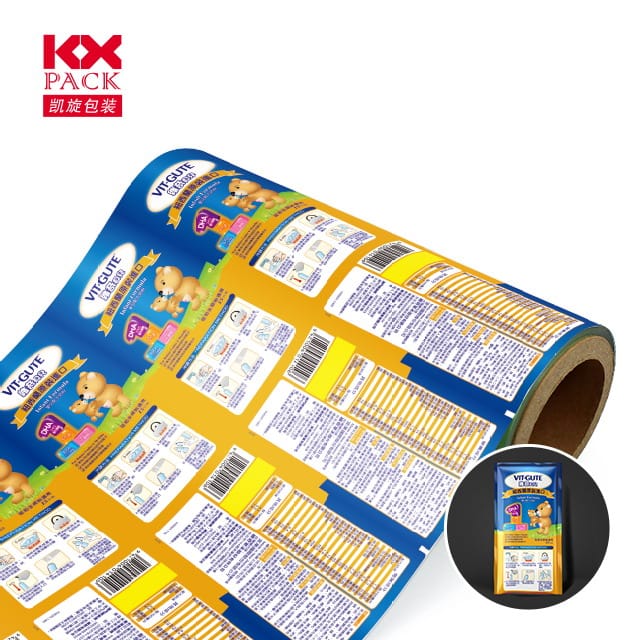层压膜的演变和应用: 全面的概述
层压片
在包装领域, 电子产品, 和工业制造, 层压片 站着作为基石材料, 提供耐用性, 保护, 并增强功能. 这种多功能的材料, 由多层通过专业过程组成, 从食品包装到高级电子产品的行业彻底改变了行业. 让我们深入研究层压片的世界, 探索它的类型, 应用, 和未来趋势.
什么是层压片?
层压膜是指通过粘结两层胶片(通常是聚合物)创建的复合材料, 金属, 或纸 - 加热, 压力, 或粘合剂. 最终的结构结合了每一层的强度, 例如耐热性, 水分屏障特性, 或光学清晰度. 例如, 常见的构型可能包括带有热粘合剂的聚酯基层, 提供强度和可打印性.
层压膜的关键类型
- 宠物 (聚对苯二甲酸酯) 电影:
- 以透明度而闻名, 耐热性, 和化学稳定性, 宠物电影被广泛用于食品包装, 标签, 和电绝缘.
- 类似的变体 宠物金属电影 为增强的屏障特性添加反射层, 小吃包装或药水水泡的理想选择.
- 双向拉伸聚丙烯 (双轴取向聚丙烯) 电影:
- BOPP薄膜因其耐水性而珍贵, 明晰, 和成本效益. 它们通常用于小吃包装, 杂志, 和层压文件.
- 光滑 和 哑光饰面 满足美学和功能需求, 例如反胶水标签或优质包装.
- 障碍电影:
- 这些电影, 通常是多层的, 包括铝或EVOH (乙烯乙烯醇) 层以阻断氧气, 水分, 和光. 它们对于延长诸如咖啡等易腐商品的保质期至关重要, 肉, 和药品.
- 专业电影:
- 反静电电影 防止电子包装中的静电排放.
- 安全电影 合并全息图或紫外线墨水,用于品牌保护和反遭受反对的墨水.
工业应用
- 食品和饮料包装:
- 层压膜保护产品免受湿度, 氧, 和身体伤害. 例如, A 金属化宠物膜 可能用密封剂层层压,以创建用于咖啡或坚果的气密袋.
- 药品:
- 高性电影确保药物的不育和稳定性. 水泡包, 例如, 经常使用 PVC/PVDC/ACLAR层压板 保护平板电脑免受湿度和光.
- 电子产品:
- 在PCB中 (印刷电路板) 制造业, 干膜层压 充当光震毒师, 启用精确的电路图案. 此外, 灵活的印刷电路 (FPCS) 依靠超薄的层压膜来耐用性和弯曲性.
- 打印和图形:
- 层压海报, 菜单, ID卡受益于增强的耐用性和抗紫外线. 例如, A 宠物层压板 可以应用于印刷的基板以防止褪色和划痕.
- 建筑和汽车:
- 太阳能电池板中使用了高抗拉力和耐候性的薄膜, 汽车玻璃, 和建筑膜.
技术进步
- 可持续发展: 制造商正在开发 可生物降解 和 可回收 减少环境影响的层压膜. 例如, 基于PLA (聚乳酸) 电影 提供传统基于石油的塑料的堆肥替代品.
- 智能电影: 新兴技术包括 热色素 和 光色素 层压随温度或光暴露而改变颜色, 交互式包装的开门.
- 纳米层涂料: 氧化铝或二氧化硅的超薄层改善屏障特性而不增加大量, 对于轻质至关重要, 高性能包装.
市场趋势和挑战
- 全球层压膜市场预计将稳步增长, 受到可持续包装和先进电子产品的需求驱动. 然而, 仍然存在挑战:
- 费用压力: 原材料价格波动和能源成本影响盈利能力.
- 监管合规性: 严格的食品安全和环境法规需要连续创新.
- 替代方案的竞争: 在某些应用中,刚性塑料和铝箔姿势竞争.
结论
层压膜不仅是保护层,而且是一种技术奇迹,可增强产品安全性, 美学, 和功能. 随着行业的发展, 层压电影也会如此, 随着可持续性的进步, 智能材料, 纳米工程为下一代解决方案铺平了道路. 是否在小吃袋里, 智能手机屏幕, 或太阳能电池板, 层压膜继续证明其价值是现代制造中必不可少的材料.
请继续关注更多地了解先进材料世界及其在塑造可持续未来的作用. 🌍✨

